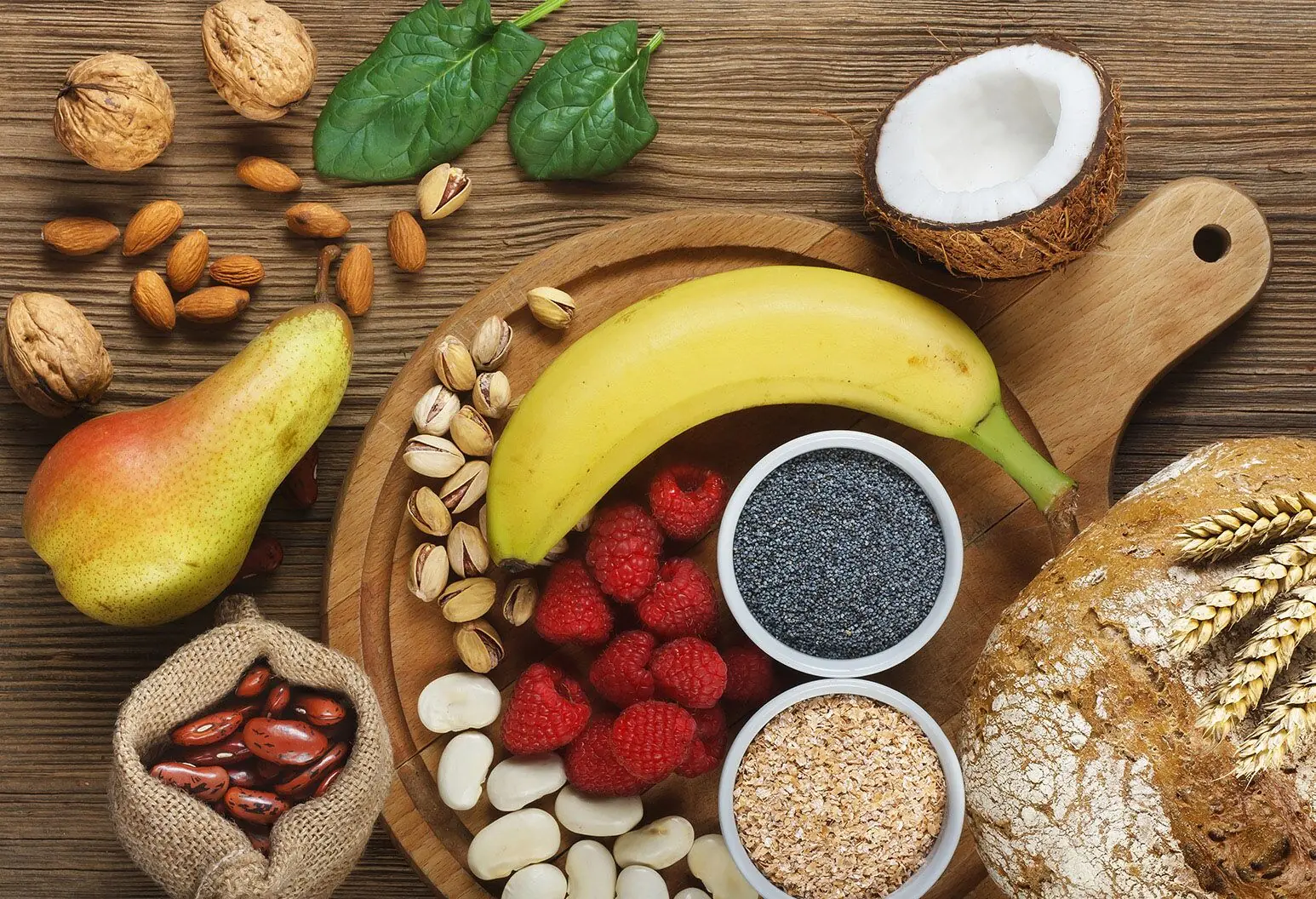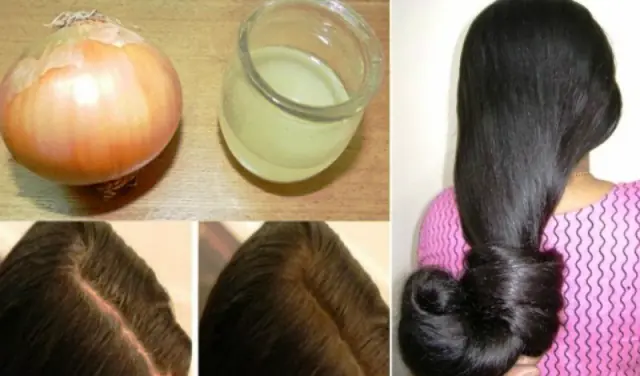
What’s Growing in Your Leftover Rice? The Fridge Isn’t Always Safe

Most of us don’t think twice before tossing leftover rice into the fridge. It's a common routine: cook a big batch of rice, save the rest, and reheat it the next day for a quick lunch or dinner. It seems harmless, right? But here's what many people don’t realize—leftover rice, even when refrigerated, can pose a serious health risk if not handled properly.
The Silent Threat in Your Rice
Rice can be a breeding ground for bacteria, and what's most alarming is that it doesn't need to smell bad or look spoiled to be dangerous. The primary culprit is a bacterium called Bacillus cereus. This microorganism is known for its resilience—it can survive the cooking process and remain dormant in rice until conditions become favorable for growth.
When rice is cooked, any spores of Bacillus cereus that were present in the raw grains can withstand the heat. If the cooked rice is left out too long at room temperature, or if it cools too slowly, these spores begin to multiply quickly. Worse still, Bacillus cereus produces toxins that aren't destroyed by reheating—even in a microwave or on a stovetop.
Reheating Isn't Always Enough
You might think that heating up rice until it's steaming hot would make it safe. Unfortunately, that's not always true. The bacteria’s heat-resistant toxins can remain active even after reheating. So, while your rice might be piping hot, it could still cause food poisoning.
Common symptoms of Bacillus cereus poisoning include nausea, vomiting, abdominal cramps, and diarrhea. These usually begin 1 to 5 hours after eating the contaminated rice. Although the illness is generally short-lived and not life-threatening, it can be quite intense and especially risky for young children, elderly individuals, pregnant women, and people with compromised immune systems.
How to Keep Leftover Rice Safe
So, what can you do to protect yourself and your family from this hidden hazard? Here are some essential food safety tips:
-
Cool Rice Quickly
After cooking, don’t let rice sit out at room temperature for more than an hour. To speed up the cooling process, spread it out in a thin layer on a tray or transfer it to a shallow container. The faster it cools, the less time bacteria have to grow. -
Store Properly
Use airtight containers to minimize exposure to air and bacteria. Place the container in the coldest part of your refrigerator—not near the door, where temperatures fluctuate due to frequent opening. -
Limit Storage Time
Even when stored correctly, cooked rice should be eaten within 1 to 2 days. Don’t risk stretching it longer—bacteria can still grow, albeit slowly, in the fridge. -
Reheat Thoroughly—and Only Once
Heat only the amount you plan to eat, and make sure it's steaming hot all the way through (at least 165°F or 74°C). Avoid reheating rice more than once, as repeated temperature changes can promote bacterial growth. -
Don’t Rely Solely on Smell or Appearance
The toxins produced by Bacillus cereus are odorless, tasteless, and invisible. Just because rice looks and smells normal doesn’t mean it’s safe to eat.
Prevention Is Better Than Cure
It’s important to remember that your refrigerator isn’t a magical safety device. While it slows down the growth of harmful microorganisms, it doesn’t stop them completely—and it certainly can’t undo any damage already caused by poor food handling.
What you do before the rice goes into the fridge is just as critical as what happens after. Cooling rice quickly and storing it properly are key steps in keeping your leftovers safe to eat.
Final Thoughts
Leftover rice may seem like the most innocent thing in your fridge, but now you know it’s actually one of the most underestimated food safety risks. It’s not about fear—it’s about awareness and smart habits. So next time you’re tempted to leave that pot of rice sitting out after dinner, remember: cool it fast, store it smart, reheat it right—and when in doubt, throw it out.
News in the same category


5 Unconventional Signs of Breast Cancer That You Must Know About

Low FT3 Levels Predict Risk for Nerve Damage in Diabetes

Doctors Urge: Don’t Ignore Unexplained Bruising — These Hidden Reasons Could Be the Cause

12 Urgent Warning Signs You’re Eating Too Much Sugar

5 Common Habits Silently Destroying Your Liver (Most People Do Them!)

Where Do You Stand on the Sitting-Rising Test?

The Ultimate Guide to Marinating Fish

The Pros and Cons of Sleeping with a Fan On

10 Symptoms of Kidney Disease

5 Potential Health Benefits of Macadamia Nuts

How to Exercise Safely When You Have Atrial Fibrillation

How to Get Rid of Dead Dry Skin on Feet

Foods to Eat if You Need to Poop – The Best Natural Laxatives

How to Make Onion Juice for Hair Growth & Strong Hair

3 Best Ways to Boil Sweet Potatoes for Maximum Flavor

Top 13 Inflammatory Foods You Should Avoid (Replace with These)

Why You Should Drink THIS Warm Turmeric Water In The Morning

14 Warning Signs of Low Magnesium Levels and What to Do About It (Science Based)

The Six Signs Of A Potassium Deficiency – And How To Fix It
News Post

14 Warning Signs of Low Magnesium Levels and What to Do About It (Science Based)

5 Unconventional Signs of Breast Cancer That You Must Know About

Low FT3 Levels Predict Risk for Nerve Damage in Diabetes

Doctors Urge: Don’t Ignore Unexplained Bruising — These Hidden Reasons Could Be the Cause

12 Urgent Warning Signs You’re Eating Too Much Sugar

5 Common Habits Silently Destroying Your Liver (Most People Do Them!)

Where Do You Stand on the Sitting-Rising Test?

The Ultimate Guide to Marinating Fish

The Pros and Cons of Sleeping with a Fan On

One Button, Big Savings: Cut Energy Costs with Every Wash

10 Symptoms of Kidney Disease

10 Types of Toxic Friends to Avoid

Index Finger Length: Personality and Fortune

5 Potential Health Benefits of Macadamia Nuts

How to Exercise Safely When You Have Atrial Fibrillation

How to Get Rid of Dead Dry Skin on Feet

Foods to Eat if You Need to Poop – The Best Natural Laxatives

How to Make Onion Juice for Hair Growth & Strong Hair

3 Best Ways to Boil Sweet Potatoes for Maximum Flavor
